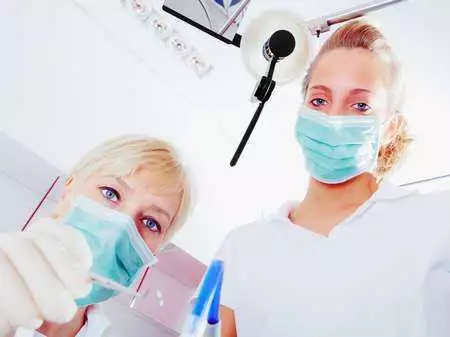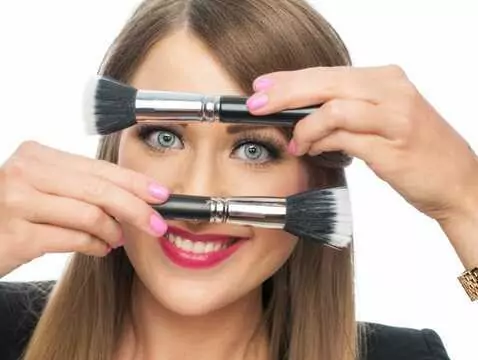The first documented attempt to use a patient's own tissue to correct an aesthetic defect was carried out as early as 1893, when Franz Neuber, a German doctor, performed a procedure to transplant a piece of fatty tissue taken from the patient's arm into his face - specifically into an area distorted by tuberculous osteitis.
The real breakthrough in aesthetic medicine, however, came with the transplantation of the patient's own skin cells, multiplied with the patient's own skin cells, into the skin affected by the aesthetic defect - see wrinkles, scars, stretch marks, etc. - the patient's own skin cells multiplied in specialised cell culture laboratories.
Experiments with fibroblasts
So far, experiments have been conducted in Poland with the multiplication and transplantation of the patient's own fibroblasts (research was conducted by two doctors: Dr A. Ignaciuk and Dr P. Surowiak).
Fibroblast - a cell derived from the mesoderm, secreting fibres and connective tissue matrix. Fibroblasts produce collagen, glycosamines, elastin and glycoproteins. The adequate content of the above-mentioned compounds produced by fibroblasts in the skin is the determining factor for all its mechanical parameters. In other words, a decrease in fibroblast activity is the cause of wrinkles.
Doctors have carried out several such procedures on their patients.
The main advantages of transplanting their own fibroblasts are, in their opinion:
- no distant side effects or reactions
- no risk of infection transmission
- no risk of immune system reactions
- long-lasting improvement effects - up to 7 years (this conclusion based on known foreign data
Experiences with stem cells
Stem cell (stem cell)- a cell that has the capacity for an unlimited number of divisions and differentiation. Such cells can be found in all stages of an organism's life.
In the body of every human being there are cells that are "spare" cells. From these cells, when the surrounding tissues send the right signal, a progenitor cell is formed and a cell whose task is to differentiate into a tissue-specific, specialised cell. Their presence is essential for the body to function properly. They are used for the continuous renewal of tissues (e.g. keratinisation of the epidermis, hair growth, but also the continuous renewal processes of all tissues that are not visible to the naked eye). Their presence is also essential in pathological conditions such as trauma.
Large quantities of stem cells, which are also relatively easy for doctors to obtain, are found, for example, in the bone marrow and skin. With a simple procedure, stem cells can be extracted from these areas and then - outside the body - multiplied. The extraction of stem cells from the skin is considered to be the safest and least burdensome for the patient.

photo: pantherstock
It issufficient to take a small piece of skin to then extract stem cells and fibroblasts from it. The great advantage of taking one's own stem cells is that re-administering them does not involve the risk of rejection or require any additional medication.
The small piece of skin needed to produce the stem cells and fibroblasts is taken by a specially trained doctor, as an outpatient procedure (it is not necessary to go to hospital). The biopsy is taken in a particularly invisible area, usually behind the ear, and the procedure itself is virtually painless.









